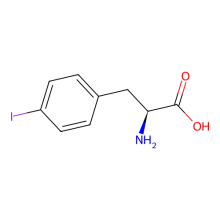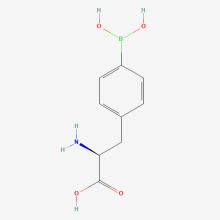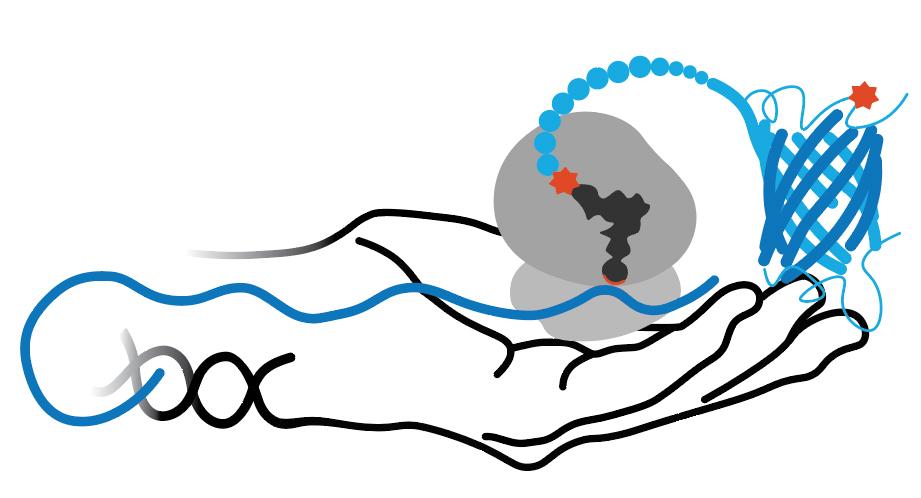RS/tRNA Foundational Publication Support
Chin, Jason W, Ashton Cropp, Christopher Anderson, Mridul Mukherji, Zhiwen Zhang, and Peter G Schultz. (2003) 2003. “An Expanded Eukaryotic Genetic Code.”. Science (New York, N.y.) 301 (5635): 964-7.
Chen, Zhi-jie, Wei Ren, Quintin Wright, and Hui-Wang Ai. (2013) 2013. “Genetically Encoded Fluorescent Probe For The Selective Detection Of Peroxynitrite.”. Journal Of The American Chemical Society 135 (40): 14940-3. doi:10.1021/ja408011q.
RS/tRNA Pair Development Year
2003
ncAA(s) Incorporated
p-Iodo-L-phenylalanine
ncAA Structure (png, jpg, jpeg)

ncAA Utility
Mutant GFPexcitation/ emission, later used for protein crystallization and as reactive handle. Structural determination of proteins. Amber suppression in a TB model mycobacterium
p-Boronophenylalanine
ncAA Structure (png, jpg, jpeg)

ncAA Utility
Used for protein purification, diol conjugation, Suzuki Coupling and as latent tyrosine residue
RS Organism of Origin
Parent RS
RS Mutations
Y37I
D182S
F183M
D265R
D182S
F183M
D265R
tRNA Organism of Origin
Parent tRNA
tRNA Anticodon
CUA
RS/tRNA Availability
Can be obtained from AddGene Plasmid #64915
RS/tRNA Additional Notes
The RS/tRNA pair was originally developed to incorporate Iodo-phenylalanine in S. cerevisiae (MaV203) with the expersion of Human Superoxide Diismutase (HSoD) with an amber codon at residue 33. The incorporatioin was discovered to be about 99.8% at minimum from signal-to-noise ratio of the peptide spectra.
It was then discovered that it was also able to incorporate pBoF (p-Boronophenylalanine). EGFP(Green Flouresecent Protien)39TAG was co-expresed in HEK293T cells with p-IodoPheRS-2 at 2mM of pBoF. Where floursence was observed in the presence of ncAA and none observed in the absence of ncAA, the incorporation was confirmed by mass spectroscopy after purification by Ni-NTA.
It was then discovered that it was also able to incorporate pBoF (p-Boronophenylalanine). EGFP(Green Flouresecent Protien)39TAG was co-expresed in HEK293T cells with p-IodoPheRS-2 at 2mM of pBoF. Where floursence was observed in the presence of ncAA and none observed in the absence of ncAA, the incorporation was confirmed by mass spectroscopy after purification by Ni-NTA.
